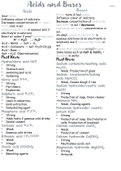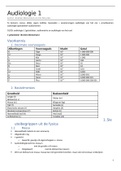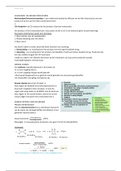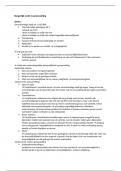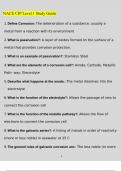Summary
Summary Grade 12 Chemistry Notes Acids and Bases
- Course
- Physical Sciences
- Institution
- 12th Grade
This is a comprehensive package of acids and bases examined in the final IEB school exams at the end of grade 12. It includes all the basic principles learnt in grade 11 but focuses on the necessary theory for matric chemistry. Each document is typed in a column format to help simplify the work, an...
[Show more]
